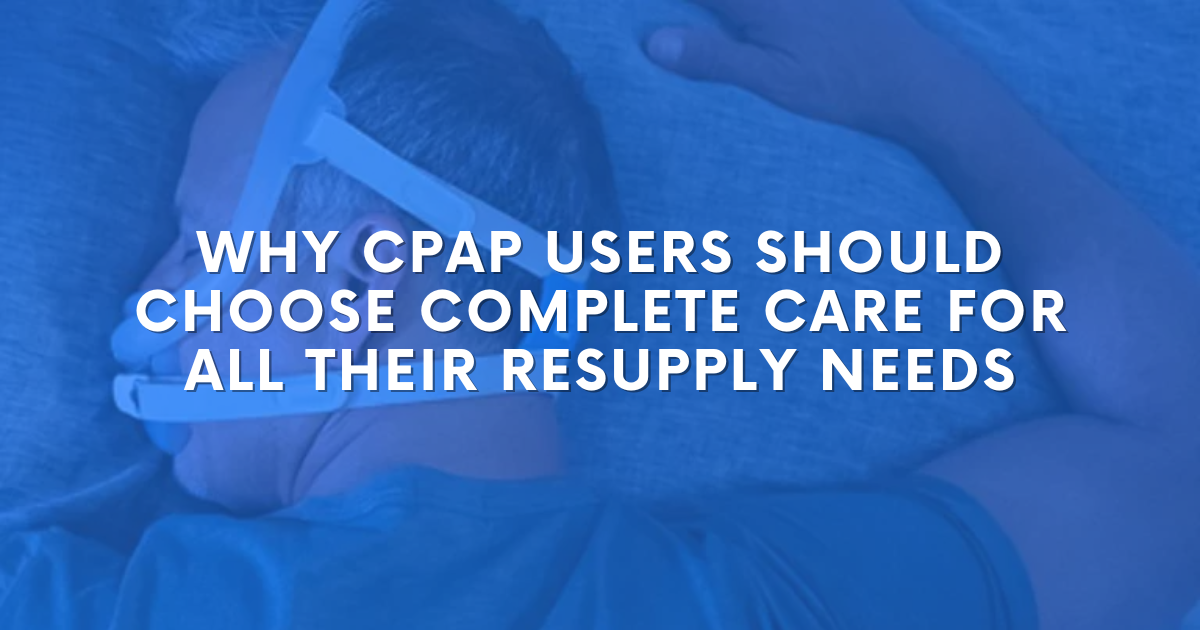Understanding the Differences: Alternating Pressure Pumpand Pad vs. Low-Air-Loss Mattress
In the realm of medical equipment designed to prevent and treat pressure ulcers, two commonly used options in place (or in addition to) of a standard mattress are Alternating Pressure Pump and Pad (APP) systems and Low Air Loss Mattresses.
Both serve the crucial purpose of reallocating pressure to minimize the risk of developing bed sores, but it’s important to note that they operate on different principles.
Today, we’ll detail the characteristics, advantages, and considerations of both options to help healthcare professionals and caregivers make informed decisions.
Alternating Pressure Pump and Pad:

Mechanism:
Alternating Pressure Pump and Pad systems (or APP’s as most refer to them) utilize air-filled cells within a mattress or overlay.
The pump regulates the inflation and deflation of thesecells in a cyclical pattern, alternating pressure between different areas ofthe body.
Pressure Redistribution:
By alternating the pressure points over a period of time,these system helps prevent extended pressure on a single area, reducing therisk of damage.
Versatility:
These systems are versatile and can be used on various bedsurfaces, making them compatible with most bed types.
Portability:
Some models are portable and suitable for short-term use, providing flexibility in both homes and facilities.
Low-Air-Loss Mattress:

Construction:
Low-Air-Loss mattresses consist of a series of air-filled cells, but they differ in that they have a constant low level of air loss through the mattress cover.
Microclimate Control:
Continuous air loss helps maintain a microclimate around the patient's skin, reducing heat and moisture buildup.
Pressure Redistribution:
Like Alternating Pressure systems, Low-Air-Loss Mattressesredistribute pressure to prevent sores, but they do so with a focus on creatingan optimal skin environment.
Therapeutic Benefits:
Low-Air Loss Mattresses are often recommended for patients with existing pressure ulcers, as the constant airflow aids in wound healing.
Considerations for Choosing Between the Two:
Patient Condition:
Consider the patient's specific medical condition and whether they require continuous pressure redistribution or if they have existing pressure ulcers that could benefit from the therapeutic features of a Low-Air-Loss Mattress.
Budget and Resources:
Evaluate budget constraints, insurance, and available resources, as APP systems may be more cost-effective for short-term use, while Low-Air-Loss Mattresses could be an investment for long-term care.
Facility Requirements:
Assess the facility's infrastructure and bed types todetermine the compatibility of each system.
Both APP systems and Low-Air-Loss Mattresses play essentialroles in preventing and managing pressure sores. The choice between the twodepends on the specific needs of the patient, the duration of use, and theavailable resources.
Healthcare providers should carefully weigh the benefits and considerations ofeach option to provide optimal care and comfort for their patients.
If you have any questions concerning APP’s or Low-Air-Loss Mattresses, please contact us today. We’ll be more than happy to assist you in making the right decision for you or your patients health.
Complete Care is a premier Home Medical Equipment (HME) company serving the Northeast Alabama region. With a steadfast commitment to improving the quality of life for our valued customers, we specialize in providing a comprehensive range of medical equipment and supplies for individuals in need of in-home healthcare solutions.
Book an Appointment
Need assistance following your doctor's orders for CPAP therapy?
Our certified Respiratory Therapist is here to help.
Contact us today to schedule an appointment at of our convenient Fort Payne or Scottsboro locations.






